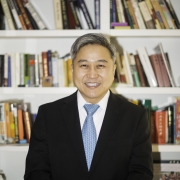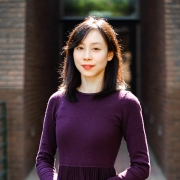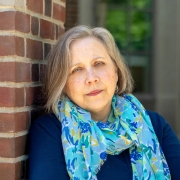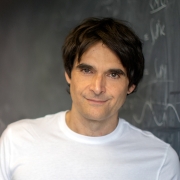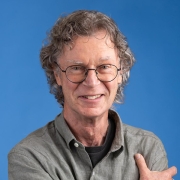Fels Examines How a State Cabinet Secretary Can Succeed
A recent report from a division of the Fels Institute of Government identifies seven core competencies that enable state cabinet secretaries to manage their agencies and advance their governors’ agendas. The report, “What It Takes to Lead State Agencies: Promising Practices for State Cabinet Secretaries,” is based on interviews with more than 24 secretaries nationwide and features concrete advice from current and former leaders on what techniques worked best for getting things done in government.
For more on this story, click here.
